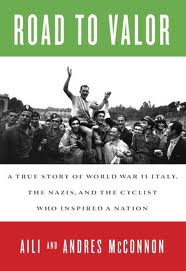Ben
Lerner
If you have a soft spot for slackers and can understand why pre-austerity Spain might have attracted them, you will double over reading this novel.
If you have a soft spot for slackers and can understand why pre-austerity Spain might have attracted them, you will double over reading this novel.
Adam’s
a poet from Kansas on a prestigious scholarship in Madrid. He drinks, smokes,
and pops pills way too much, and every so often he thinks about poetry and art—not
so much about how to do them, but about their whole existential point. He gets
involved with women who have boyfriends that make him feel inadequate. He travels
to historic Granada but misses the Alhambra.
The novel takes place entirely in Adam’s head. It’s not just about poetry, it’s told poetically. Lerner foiled all my expectations. In a pitiful effort to gain the sympathy of a woman, Adam lies that his mother has died. “Oh. I had assumed,” says the women when Adam finally confesses his lie after months of agonizing, “that you were just drunk and high and homesick and wanted some attention.”
Leaving the Atocha Station was on every literary top-ten list when it was first published in 2011, so I suppose it’s easy to say I liked it. But I did, really. It’s hard not to admire a story (and a protagonist) that manages to do nothing and say everything.
- Ivano Stocco
The novel takes place entirely in Adam’s head. It’s not just about poetry, it’s told poetically. Lerner foiled all my expectations. In a pitiful effort to gain the sympathy of a woman, Adam lies that his mother has died. “Oh. I had assumed,” says the women when Adam finally confesses his lie after months of agonizing, “that you were just drunk and high and homesick and wanted some attention.”
Leaving the Atocha Station was on every literary top-ten list when it was first published in 2011, so I suppose it’s easy to say I liked it. But I did, really. It’s hard not to admire a story (and a protagonist) that manages to do nothing and say everything.
- Ivano Stocco












